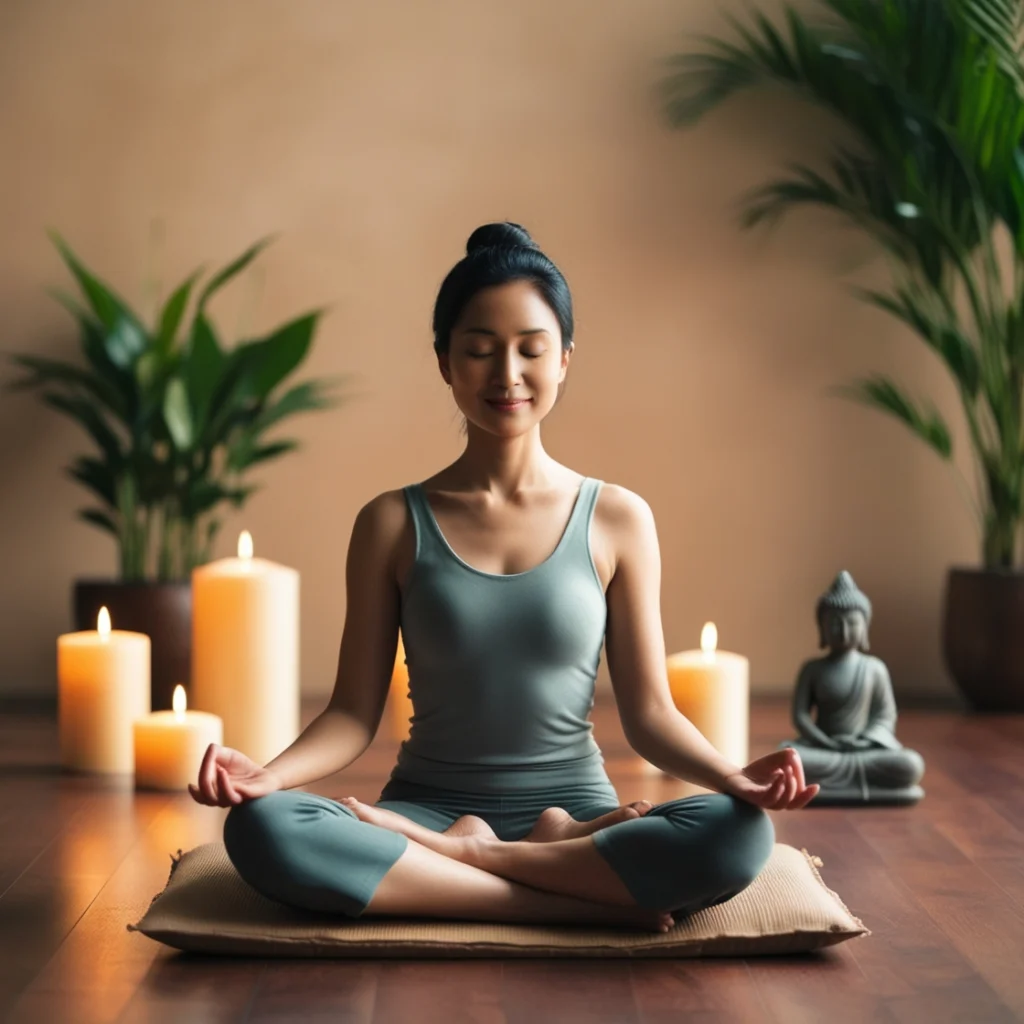Wellness Check: Healthy Social Media & Aging Tips
Social media can be a good way to connect with friends and loved ones, keep up to date on current events and trends, and spend time relaxing. It can also be a cause of stress and worry as people try to navigate difficult new stories, online bullying, and the pressure to create the perfect image. Here are some tips to have a healthier social media experience.
Wellness Check: How to Have a Positive Social Media Experience
As someone who is active in the community as a mental health advocate, and also works in the field of social media, a lot of folks ask me “Wellness Check how do you do it?”. Many of us are aware of how damaging and negative social media can be for our mental health. Carefully curated content can invite negative comparisons and compel us to buy products to confront our social media-induced insecurities. Using social media can cause overstimulation, in terms of both screen fatigue and information overload. That being said, there are a lot of positive ways social media can affect us, and there are certain ways to learn how to control social media so that it doesn’t control us. Personally, I use a lot of the tips I introduce below to regulate and curate my social media experience to prevent overstimulation and information overload. Most of my work happens on social media, and when I take a break or finish work, I often turn to social media again to relax and get caught up on news. This means I have to be very careful with social media and my mental health.
So, how can we use social media positively?
Aging and Balance: The Importance of a Simple Balance Test
Wellness Check: Tips for Healthier Social Media and Aging Gracefully How to Have a Positive Social Media Experience A new study published in the journal Plops One found that a simple balance test is a strong indicator of age-related decline. Researchers at Mayo Clinic evaluated grip and knee strength, double- and single-leg balance, and back-and-forth walking of 40 participants. Half were aged 50 to 65 and the other half were over 65.
Tips for a Healthier Social Media Experience
1. Set intentions.
Understand why you are on social media in the first place, then use social media for those purposes. I love social media because I made a lot of friends through the online K-pop community. I also have many friends who are studying outside of Edmonton and social media helps me keep up to date with them.
2. Curate your feed.
Go through your “Following” list and unfollow accounts with content that makes you feel sad or bad about yourself. If it’s someone that you “can’t” unfollow for any reason (maybe they are a family member, co-worker, or someone you still hang out with from time to time) — use the mute button. That way, you don’t have to see their content on your feed but you don’t have to go as far as unfollowing them.
3. Social media
Deleting apps for a few days, or even a few hours, can take unnecessary stress off ourselves and allow us to look at the world through our own eyes, not through filters. I used to have a friend change my Twitter password during finals season. However, if you work in social media like me, or need the messaging functions to stay in touch with important people, it might be unrealistic to suggest deleting apps from your phone — so work on limiting your social media stimulation.
Connect with Loved Ones
Social media can be a great way to connect with friends and family around the world. Use your social media channels to reach out and see how loved ones are doing and what is going on in their lives. Take the opportunity to share your own personal stories and photos with them.
Follow and Share Inspiring Stories
Wellness Check: Tips for Healthier Social Media and Aging Gracefully Find stories and platforms that help you feel uplifted and positive. If a friend or influencer is sharing negative content that makes you feel upset, you can stop following them or put them on mute for a short time.
Connect carefully: While there is much uplifting and educational content on social media, there is also content that can encourage and lead to harmful behaviors. Do your best to verify the validity of content you are viewing and un-follow or block accounts that encourage harmful or destructive behavior.
Have fun!: Find engaging and entertaining groups and people to follow and bring a sense of light-heartedness to your own platform.
Take a break and support others in doing the same: Deleting apps from your phone or using other mechanisms to limit access can be a great way to bring yourself back to reality when feeling stressed or overwhelmed by social media use. If a friend or family member takes a break from social media, give them the space they need and try to connect with them in other ways.
Let someone know if you are struggling: If you are experiencing anxiety, depression, or other issues related to social media overuse, reach out and talk to someone. Friends and family can be a good support network, and there are professionals available for more urgent issues. The National Suicide Prevention Lifeline is 988.
How to Improve Single-Leg Balance
Practice standing on one leg, but don’t be discouraged if you can’t stay balanced for a full 30 seconds, Kaufman says. It’s just a goal to shoot for.
There are numerous at-home exercises to help improve single-leg balance. Here are a few to try from the Mayo Clinic.
- Weight shifts: Stand with your feet hip-width apart. Shift your weight from one leg to the other. Lift your opposite foot off the ground for as long as you can hold it. Then shift to the other leg. Repeat.
- Tandem walking: Place one foot directly in front of the other while walkingThink of the “sobriety test” that police officers use.
- Tai chi: Look for group classes at local fitness centers or senior centers, where you can practice this slow, balance-focused movement.
- Hip strength: Kaufman recommends strengthening your hip abductors, with exercises like clamshells with a resistance band or single leg raises while lying on your side.
I usually come away from my yearly wellness appointment feeling secure in my future, even though I have chronic obstructive pulmonary disease (COPD). That’s not the case this year; in fact, some of the results worried me.
First, I learned that my B12 levels are too high and my iron level is normal. Yet I’m still anemic, which is one of the more common comorbidities with COPD. I was diagnosed with pernicious anemia when I was a senior in high school, and iron-deficiency anemia came along shortly before I was diagnosed with COPD.High B12 and normal iron shouldn’t lead to anemia. So how could this seemingly contradictory information be true? I began searching for answers and found that people can have unexplained anemia. As I read further, I learned that a bone marrow biopsy, which involves extracting a small portion of the hip bone, is one way to determine the anemia’s cause.
This 30-second balance test can help tell you how well you’re aging
We published in the journal PLoS One found that a simple balance test is a strong indicator of age-related decline. Researchers at Mayo Clinic evaluated grip and knee strength, double- and single-leg balance, and back-and-forth walking of 40 participants. Half were aged 50 to 65, and the other half were over 65.
Their main questions were: Which of these metrics deteriorates faster, and at what rate? Those answers will help medical professionals create more targeted treatments to slow these declines.
Clinicians chose these tests because balance, muscle strength, and an efficient gait—your walking pattern—contribute to quality of life as you age, and are especially important for older adults to maintain independence.
The study concluded that the single-leg balance is the best indicator of healthy aging. It was the one exercise that showed the steepest decline with age.



